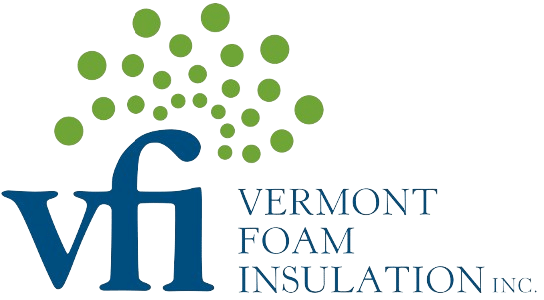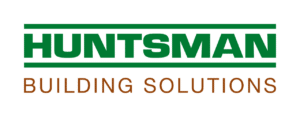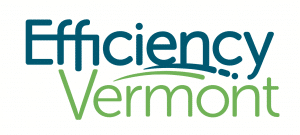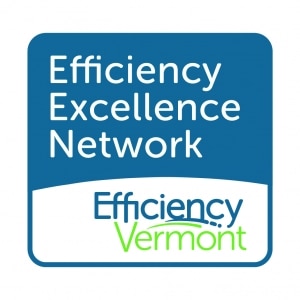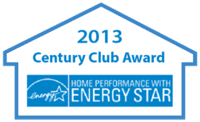When your attic insulation is working properly, it can be easy to take the benefits for granted. If you’re used to consistent indoor comfort and low energy bills, you might not realize that it’s your hard-working insulation making such a big difference.
But when your home insulation starts to fail, the signs become immediately noticeable in the form of high energy costs and discomfort. Let’s review some of the most common reasons that the attic insulation in your Vermont or western New Hampshire home is not in good shape, and the best way to go about attic insulation upgrades.
5 Reasons Your Attic Insulation Is Bad
Uneven Insulation
Blown fiberglass and cellulose insulation can settle or move around in attics, lowering your insulation’s overall R-value. Shifted insulation can also expose areas to air movement, which greatly decreases insulation’s effectiveness.
Pests
Unfinished attics are a great place for mice, bats, squirrels, rats, and more to nest and make their homes. These pests can ruin insulation by gnawing or eating it, and their waste will create mold and indoor air quality issues.
Mold and Mildew
Moisture is insulation’s worst enemy. Wet insulation loses all of its heat-resistant qualities, and it allows mildew and mold to grow, creating issues for the people in your home, especially those with asthma or a respiratory condition. If you have mold around your attic hatch, or elsewhere in your attic, you’ll need to address the areas where moisture is getting inside.
Improper Venting
If you aren’t using spray foam for attic insulation, you’ll need to make sure that your attic is well vented. Without proper airflow through the attic space, moisture will build and mold will grow.
Ice Dams
Finally, everyone’s least favorite cold-weather tradition: ice dams on your roof. Ice dams form when the heat in the attic melts the snow on your roof, but because of the icicles that have already formed on your roof’s overhang, the melted water is trapped and accumulates until it finds a way to damage your roof or building materials.
How Do I Improve My Attic Insulation?
If you’ve identified that your attic insulation is showing signs of weakness, you may be wondering what the next steps are and how you can fix your home performance problems.
What’s the Best Type of Insulation for Attics?
First, there are different types of insulation for use in attics. Loose fill cellulose insulation, which is recycled newspaper treated with fire retardant chemicals, is one of the best insulations for attic floors.
Spray foam insulation is one of the leading insulation types available because in addition to superior insulating qualities, it can also be used to seal air leaks and minimize air movement between your home’s thermal boundary. The recommended R-value of insulation for attics in Vermont is between R49–R60 for unfinished attics, according to ENERGY STAR. The foam material we use to install and spray attic insulation is made from renewable materials and has a superior R-value of 7.5 per inch.
How To Improve the Insulation in Your Attic
Instead of hemming and hawing trying to figure out which is the best insulation for attic rooms, or trying to patch up old insulation or cover it with new materials, the best way to guarantee that an insulation investment will pay off is by doing it the right way: removing the old insulation and replacing it with insulation professionals.
Not only will we help you select the best insulation to make an improvement in your comfort and your home performance, we’ll remove your old insulation, install new high performance material, and air seal the areas in your attic where gaps and air leaks can make their way inside.
Insulate Your Attic Correctly with Vermont Foam
“How do I add extra insulation in my attic?” “How much attic insulation do I need?” At Vermont Foam Insulation, we hear similar questions all the time. When it comes to recommending attic insulation for your home or removing and installing the insulation in your attic, reach out to Vermont Foam Insulation. Since 2006, we’ve been southern Vermont and southwestern New Hampshire’s leading basement, wall, and attic insulation contractors. If you’re interested in the cost of insulating your attic, reach out today.
Plus, in addition to the reduced energy bills and improved home comfort that come with removing and replacing your attic insulation, there are rebates available to help make the upfront cost affordable. Through Efficiency Vermont and Home Performance with ENERGY STAR (HPwES), Vermont homeowners can qualify for as much as $4,000 in insulation rebates.
